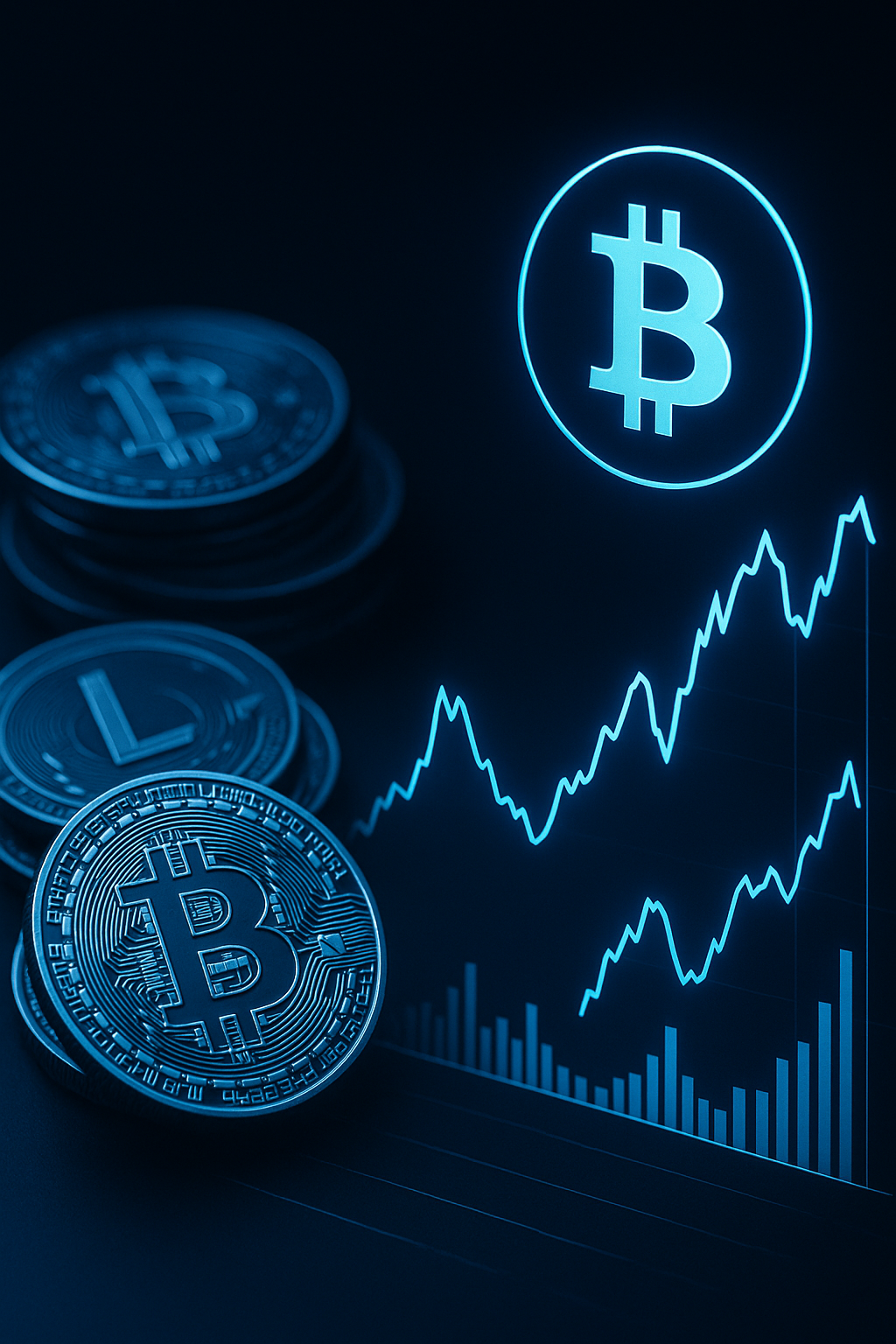Did you ever think we’d see a market where $80 trillion shuffles through crypto order books in a single year and people still call this a niche asset class? From where we sit, screens glowing and coffee going cold, that headline from CCData’s latest Exchange Review felt less like a surprise and more like a check-in: “Yep, the casino’s still open, the chips just got bigger.”
Here’s What Actually Happened
CCData tallied $80 trillion in combined spot and derivatives turnover across the big CEXs from July 2022 through June 2023. For context, that’s roughly the GDP of the entire planet last year—thrown around in digital chips, perpetual swaps, and a handful of spot BTC prints that still matter.
Derivatives carried the load—again. Perpetual contracts alone made up about 75 % of the pie, cementing what we’ve been yelling about since BitMEX’s glory days: price discovery lives in the perps pit now, spot is just the tail wagged by funding rates. When funding flipped to –200 bps on Binance during the post-FTX puke last November, it was the loudest tell you’d ever need that forced sellers were out of ammo.
Volume came in waves, not a steady climb. CCData breaks it down into three regimes, and the chart looks like a cardiogram after too much Red Bull:
- Regime 1 (Jul–Oct 2022): Post-Terra shell shock, daily notional sat in the $100-$120 bn range. Everybody was nursing losses, spreads were wide, liquidity providers kept inventory light.
- Regime 2 (Nov 2022): FTX detonates, volumes spike north of $250 bn a day. We were hitting the Bybit ladder so hard our hotkeys stuck. Fun? No. Profitable? Depends which side of the Alameda unwind you caught.
- Regime 3 (Jan–Mar 2023): BTC rips from $16k to $30k, ETH tags $2.1k. Vols stay elevated even when price stalls—think $150-$180 bn daily—because traders finally believed “maybe this cycle isn’t dead.”
We haven’t printed sub-$75 bn daily volume since March, which means the new floor is higher than the old ceiling. That’s how structural liquidity sneaks up on you.
The View From the Desk
On the ground, the migration was obvious. Binance lost spot share after the zero-fee promo expired, but its futures engine still owns roughly half the derivatives flow. OKX and Bybit chipped away, armed with better API throughput and fewer KYC headaches for non-U.S. punters. Coinbase? Great for USD rails but painfully slow for size—unless you enjoy 20-bp slippage getting in and out of $SOL.
Tools of choice this year: TradingView’s Volume Profile (for the normies), Bookmap heatmaps when we needed to see hidden bids, and—don’t laugh—Glassnode’s CVD dashboards because whale wallets still telegraph intent if you know how to read latency between deposit tx and exchange inflow.
We watched Arthur Hayes throw jabs on Twitter every time perp OI kissed $10 bn. CZ acted like nothing bothered him, even as the SEC lawsuit dinged Binance’s U.S. arm. Meanwhile, Brian Armstrong wore a suit to Congress and tried to explain staking yields to 70-year-olds who still think AOL CDs come in the mail. Comedy gold.
Why This Matters for Your Portfolio
Higher baseline volume isn’t just a trivia stat—it tightens spreads and lets you size up without nuking the book. That’s why you saw MSTR double-down on debt-for-BTC in April; Saylor loves cheap liquidity as much as the next degen.
But more flow also means more reflexivity. Remember March 12 when USDC de-pegged to $0.88 after Silicon Valley Bank froze? Spot pairs on Kraken printed $128 bn that weekend alone, and perps funding oscillated ±500 bps in six hours. If you didn’t have vol alerts on your Delta-Neutral bot, you woke up to a nasty surprise Monday morning.
The takeaway: liquidity is wonderful—until it isn’t. Those $80T include every forced liquidation, every spoofed order, every NJ trader chasing breakout alerts on Twitter Spaces at 3 a.m. More size begets more traps.
What Could Break This Party?
Regulation is the wild card. The MiCA framework solidifies euro on-ramps next year, but the U.S. still plays whack-a-mole. If Gary Gensler decides perps are securities, CEXs serving Americans could wind down leverage overnight. That alone would vaporize maybe 40 % of daily notional. Ask yourself: could BTC hold $25k on spot flow alone? I’m not entirely sure.
Macro matters too. A surprise Fed rate hike or an oil shock could yank risk budgets. Yet, the last 18 months taught us crypto sometimes rallies on bad news simply because forced sellers are already gone. We call it the “exhaustion bid.”
Random Desk Musings That Didn’t Fit Elsewhere
"If you stare at the Binance BTCUSDT depth chart long enough, you start seeing Renaissance paintings." — a junior on our desk after a 36-hour shift
• DYDX’s chain migration might pull serious perp volume on-chain by Q4—order book in Cosmos land, collateral in Ethereum land. If that works, CEX share gets a haircut.
• The Basis trade (long spot, short quarterly futures) paid 12-16 % APY all summer. Not 2020 DeFi yields, but free beer money for the interns.
• We still eyeball $31,800 on BTC and $2,150 on ETH as magnet levels; both coincide with liquidity voids left from the Celsius unwind.
Where Do We Go From Here?
If the next 12 months mirror the last, we’re talking $100 trillion in turnover by next July. But last time we all projected linear growth, Terra and FTX happened. So let’s keep the victory laps short.
Honestly, I don’t know whether we’re staring at a new floor for crypto liquidity or the crest of another manic wave. My gut says we’ll see both—just not in that order.



